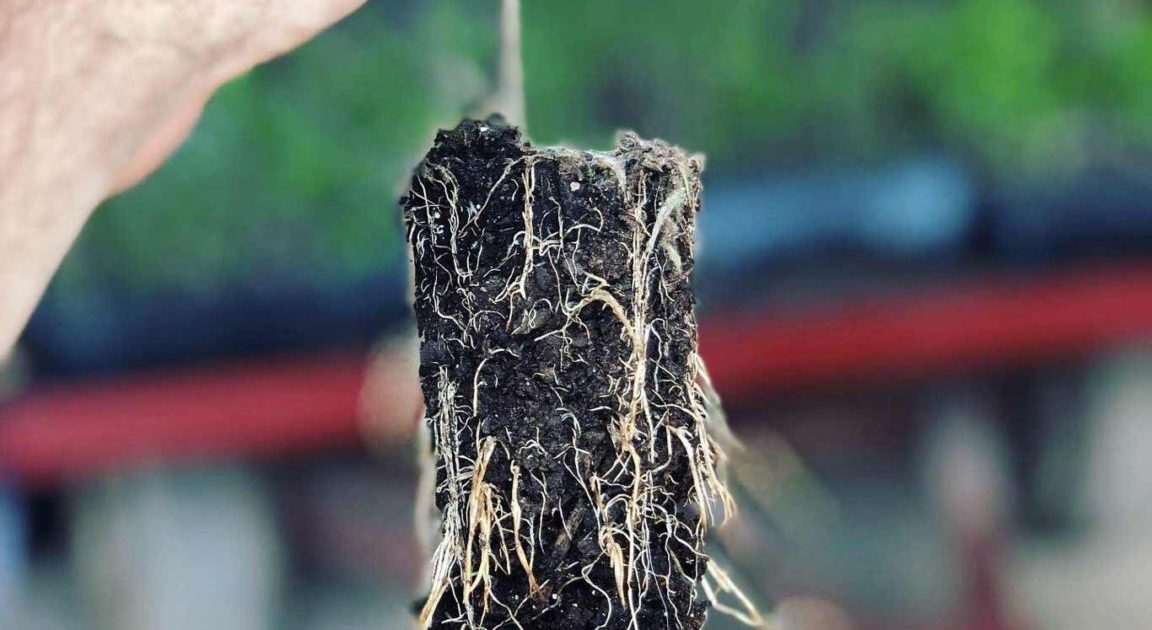
By: Erik Biksa, Grozine Magazine
Guest Author
Propagation Aeration Explaination
Plant propagation aeration is all about providing your plants with increased aeration to the root zone from the very beginning of the growth process. This is important because, just as with any race in life, a strong start counts at the finish line. Healthy plugs and transplants are no different. Plants with a strong start will yield better quality and heavier crops later on. By maximizing plant propagation aeration, young plant roots have more access to oxygen and breathe more freely. Transplants will develop sturdier, hardier, and more quickly while avoiding common propagation problems like damping off and insects that occur when a plant is weakened by warm, water-logged conditions.
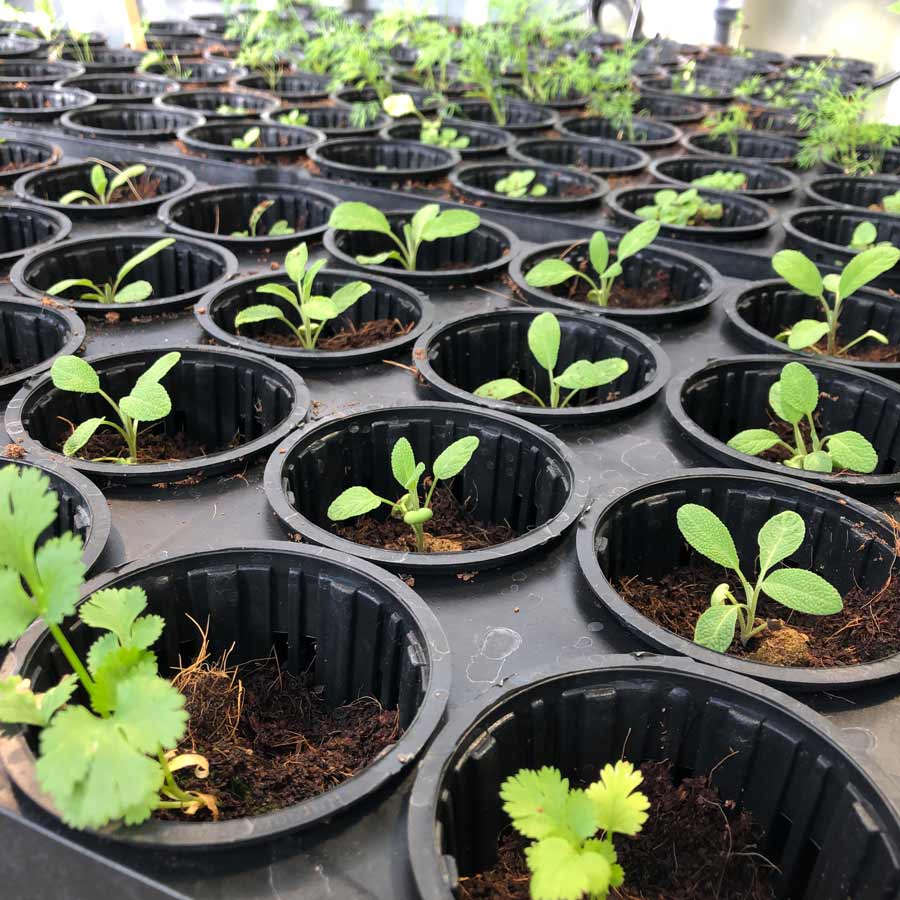
RediRoot aeration cell trays and containers are designed and grower-proven to give rooted cuttings, young seedlings, and grafts more free air to breathe around the stem and root system while improving drainage characteristics. Most plant types need higher moisture levels when they are young to prevent dehydration because they don’t have an established root system to keep up with the demand placed on them from the growing environment, whether outdoors, in a greenhouse, or a grow room. However, roots love oxygen—keeping the soil or soilless mix saturated with water fills up all the air space in the media, and when combined with warmer conditions can starve young plants of oxygen, making them prone to common propagation diseases or other issues.
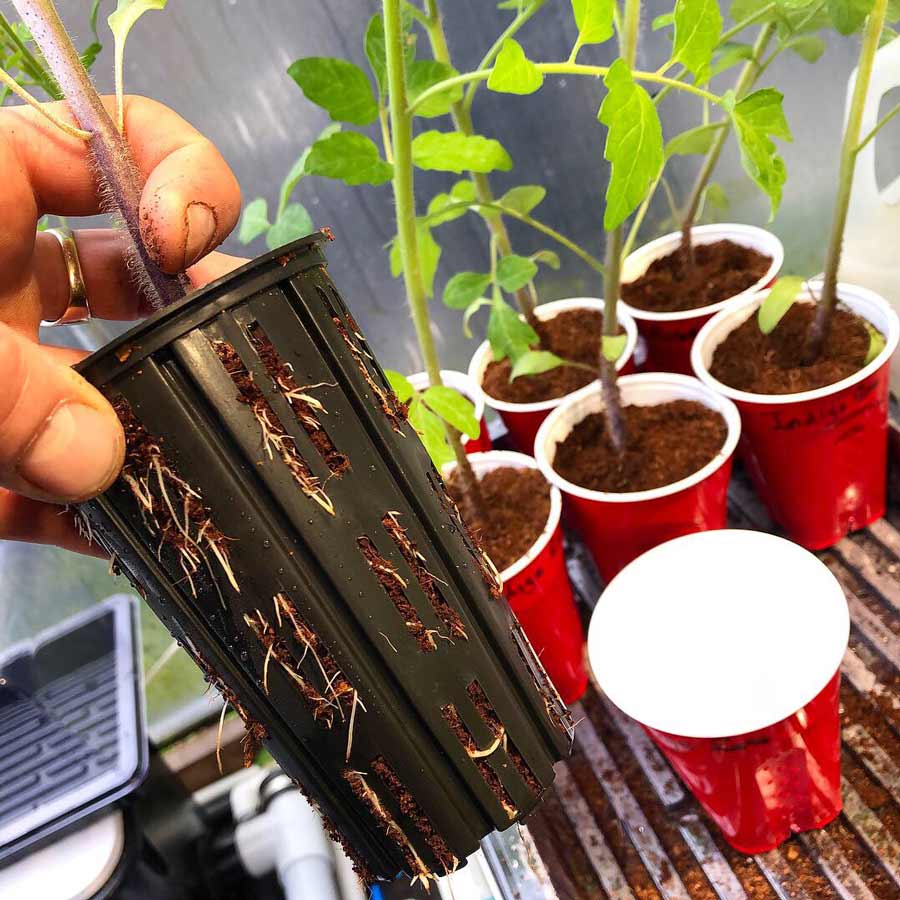
Have a look at the RediRoot cell tray insert design (above) and the type of roots they help to produce. Also, note the healthy and sturdy green growth they help stimulate. This is no accident. Here are the key ways improved plant propagation aeration helps to produce a better transplant for growers:
Ambient Oxygen for Roots
Because the roots are not confined by a material that restricts breathability, such as conventional pots and inserts, the moist growing media and root system are free to exchange gasses like CO2 and oxygen with the surrounding air (just like you).
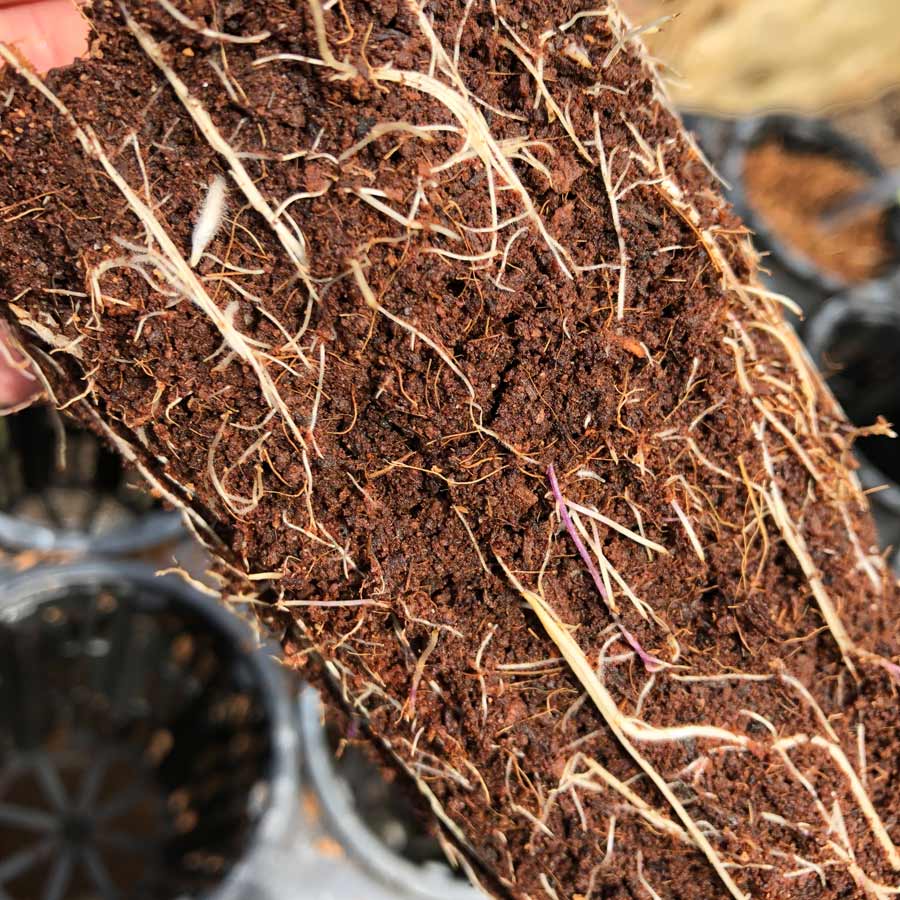
Improved Drainage
When containers or cells have solid walls and just a few small holes or narrow slits for drainage, the growth media tends to remain water-logged for longer and moisture pooled at the bottom of the solid portion of the container is freestanding and becomes anaerobic (stale, lacking oxygen), creating a source for problems like root disease. The ability to irrigate more often without risking overwatering is a big advantage—falling water droplets recharge the air pockets in the growing media with oxygen (roots just love oxygen).
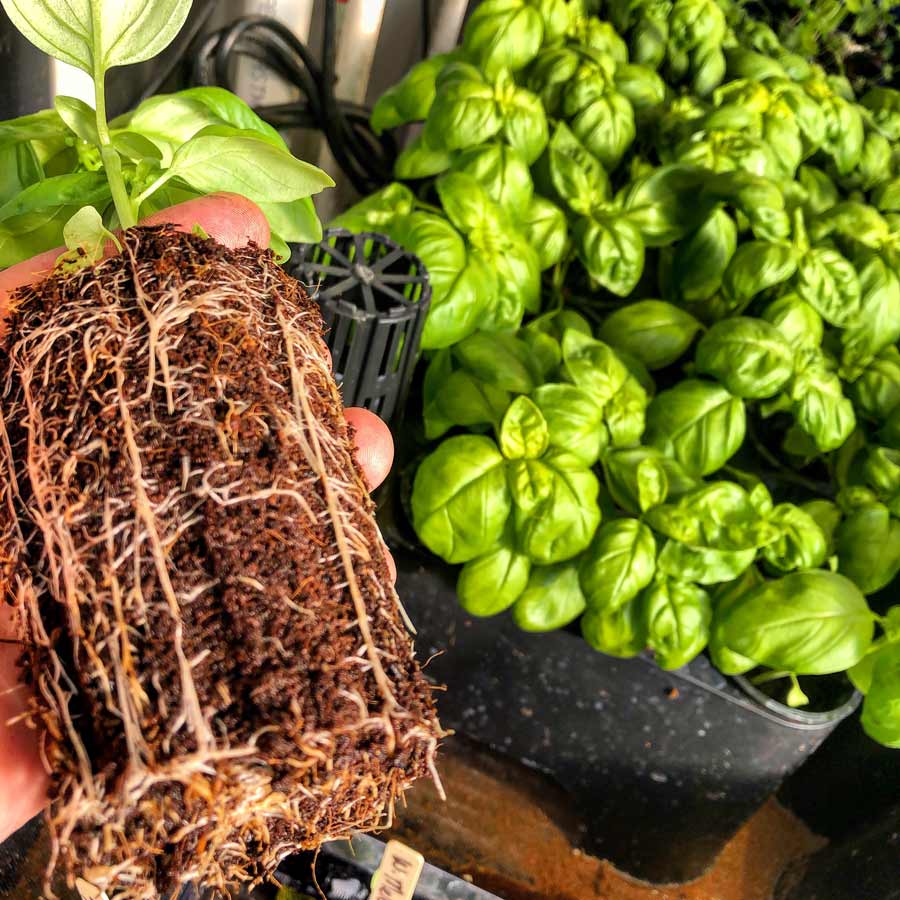
Natural Growth Hormone Production
Notice in RediRoot aeration cells and containers that roots tend to “branch” rather than growing one long root that continues to “spin out” between the wall of the container and the growing media in search of air and better drainage. Root tips produce hormones called cytokinins. These naturally occurring hormones help plants develop and produce bushier and tighter growth up top, creating a sturdier and more resilient transplant. Avoiding soft and stretchy growth when producing high-quality crop transplants is a must.
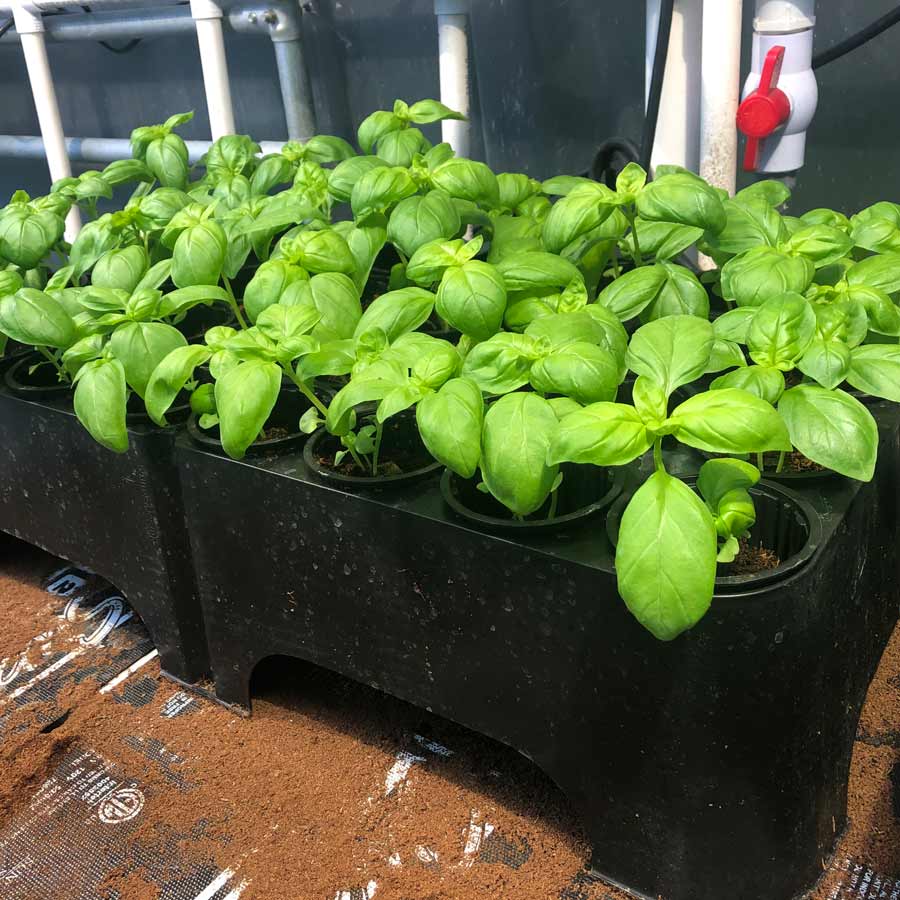
Next time you decide to start new plants or transplant your plugs or rooted cuttings think about aeration and how to give your plants more oxygen at the roots. Plant propagation aeration can have a very strong influence on the health and development of the plants or transplants you grow. Best of all, it’s practically free, ie. oxygen from the air. RediRoot aeration containers and cell trays are priced competitively versus standard solid wall products and are made with sturdy non-toxic materials that are BPA free and ensure a long and useful service life for growers. RediRoot aeration containers and cell trays are also available in a wide array of sizes and configurations so you can customize your transplant program for the best results possible, every time you grow.

